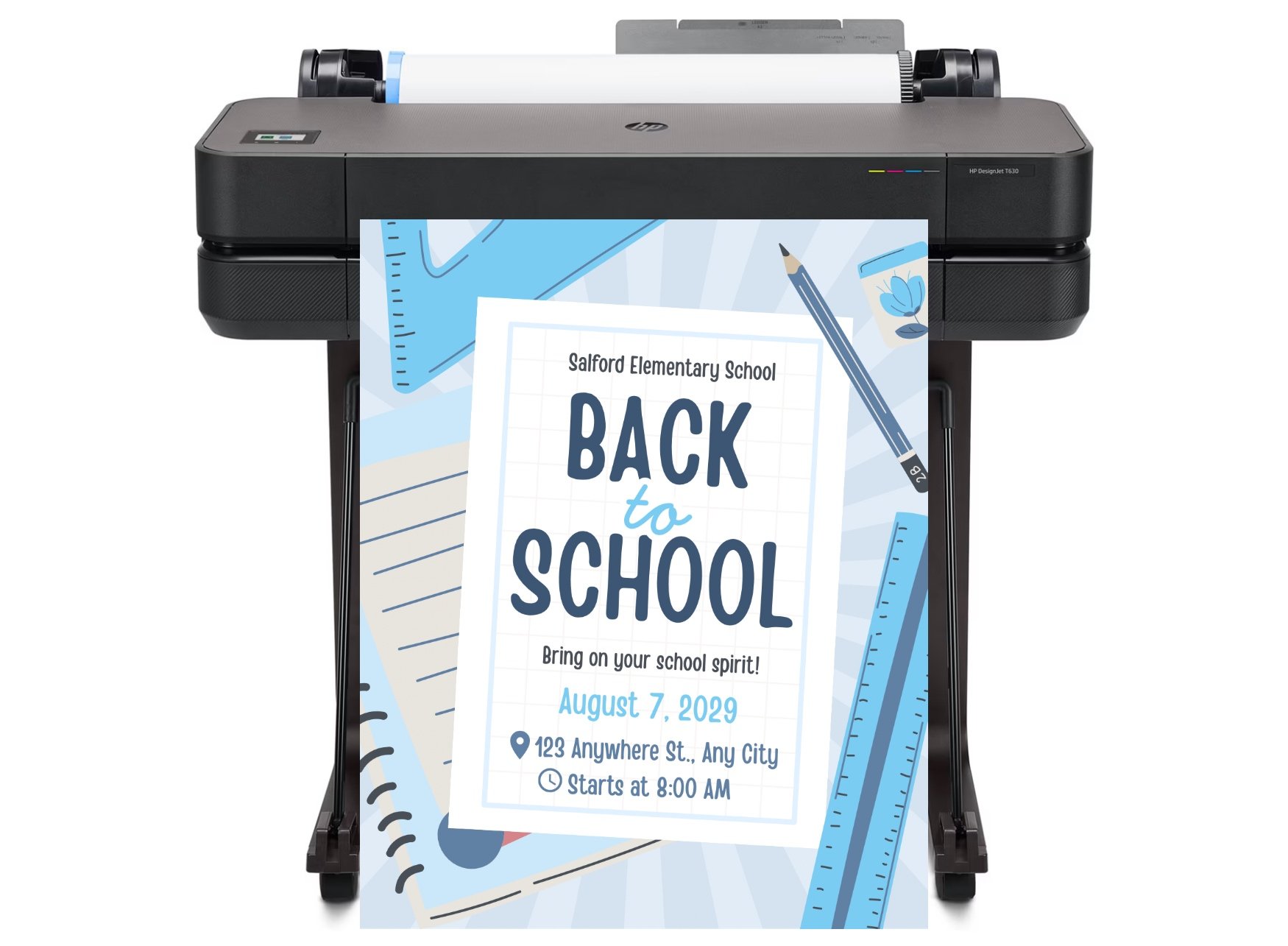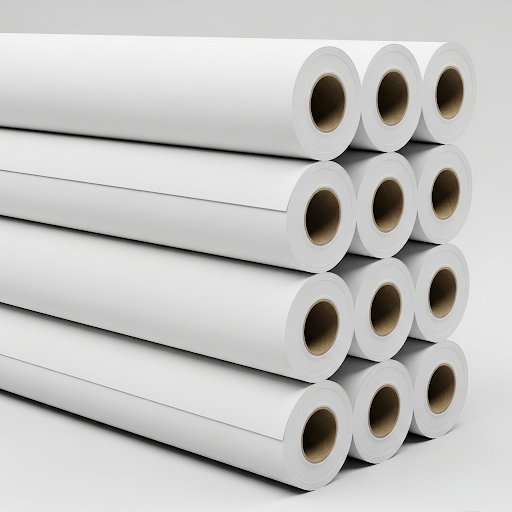
DISCOUNTED EDUCATION PRICING! CALL 1-877-891-8411. We Gladly Accept School Purchase Orders!

Creating a poster that grabs attention and conveys your message effectively involves more than just a clever design or vibrant colors. The paper you choose plays a pivotal role in how your poster looks, feels, and holds up over time. Whether you’re promoting a local event, decorating a classroom, or showcasing an art piece, selecting the right poster maker paper can transform your vision into a tangible, professional result. This guide explores the nuances of poster maker paper, answering key questions to help you make informed decisions for your printing projects. With insights grounded in printing expertise, we’ll cover paper types, finishes, and practical tips to ensure your posters shine. Your students deserve the best
Question: How does poster maker paper differ from standard paper, and why does it matter for posters?
Poster maker paper is specifically engineered for large-format printing, designed to handle high-resolution images and bold colors. Unlike everyday printer paper, which is typically thin (around 20 lb) and suited for text documents, poster paper is thicker, more durable, and optimized for visual impact. It’s crafted to absorb ink evenly, prevent bleeding, and maintain sharpness, making it ideal for posters that need to stand out in busy environments like storefronts, classrooms, or galleries.
The importance of choosing the right paper lies in its ability to enhance your design. A flimsy sheet can make colors look dull or cause tearing during handling, while a high-quality poster paper ensures vibrancy, durability, and a professional finish. For example, a glossy poster paper can make colors pop for a concert flyer, while a matte finish might suit a sophisticated art print. Understanding these differences empowers you to align your paper choice with your project’s goals. Effective classroom visuals are an invaluable part of learning. Provide your students with the best quality posters and banners.
Question: What are the main types of poster maker paper, and which is best for different projects?
Poster maker paper comes in various types, each with unique properties suited to specific needs. Here’s a breakdown of the most common options:
Choosing the Right Type: The best poster paper depends on your poster’s purpose and display environment. For indoor promotional posters, glossy or satin works well for eye-catching appeal. Outdoor posters benefit from vinyl’s durability. For gallery-quality prints, photo or matte paper ensures a refined look. Consider where your poster will be displayed and the impression you want to make.
Question: How does paper weight affect poster quality, and what weight should I choose?
Paper weight, measured in pounds (lb) or grams per square meter (gsm), indicates thickness and sturdiness. Poster maker paper typically ranges from 100 gsm (lightweight) to 300 gsm (heavyweight). How does weight impact your poster? Here’s how:
For most posters, a medium weight (150–200 gsm) strikes the right balance. If you’re printing a temporary event flyer, 120–150 gsm may suffice. For professional or outdoor use, opt for 200 gsm or higher to ensure durability and a polished feel.
Question: What role do finishes and coatings play in poster maker paper?
Finishes and coatings enhance a poster’s appearance and durability. The finish refers to the paper’s surface texture (glossy, matte, etc.), while coatings are additional layers applied to protect the print. Common coatings include:
Coatings can also affect the finish. For instance, a glossy paper with UV coating will maintain its shine while gaining UV resistance. Choose coatings based on where and how long your poster will be displayed. For short-term indoor use, an aqueous coating may be enough; for outdoor signage, lamination or vinyl is a better bet. Make those posters last!
Question: How does the printing method affect paper choice?
Your printing method—whether inkjet, laser, or professional offset printing—impacts the paper you should select. Here’s a quick guide:
Always verify that your paper is compatible with your printer to avoid jams or poor print quality. If using a home printer, check the manual for maximum paper weight and recommended types. For professional results, consult with your print shop about their paper offerings.
Question: Are there eco-friendly options for poster maker paper?
Sustainability is a growing concern, and many manufacturers offer eco-friendly poster papers. Look for:
Eco-friendly poster papers are available in various finishes and weights, so you don’t have to sacrifice quality for sustainability. For example, recycled matte paper can deliver excellent results for indoor posters while aligning with green values. Check product labels for certifications to ensure authenticity.
Question: What are the key factors to consider when selecting poster paper?
To pick the perfect paper, keep these tips in mind:
Question: What pitfalls should I watch out for when choosing poster maker paper?
Question: Where can I find high-quality poster maker paper?
Poster maker paper is available from various sources:
When buying, compare prices, read reviews, and check for eco-friendly options if sustainability is a priority.
Choosing the right poster maker paper is a blend of art and science. By understanding paper types, weights, finishes, and printing methods, you can create posters that not only look stunning but also withstand the test of time. Whether you’re aiming for a vibrant promotional flyer or a timeless art print, the paper you select sets the stage for your design’s success. Take the time to align your choice with your project’s goals, environment, and budget, and don’t hesitate to experiment with samples to find the perfect fit.
With this knowledge, you’re ready to elevate your poster-making game. So, grab your design, pick your paper, and create something unforgettable! Follow us for more poster printing tips!